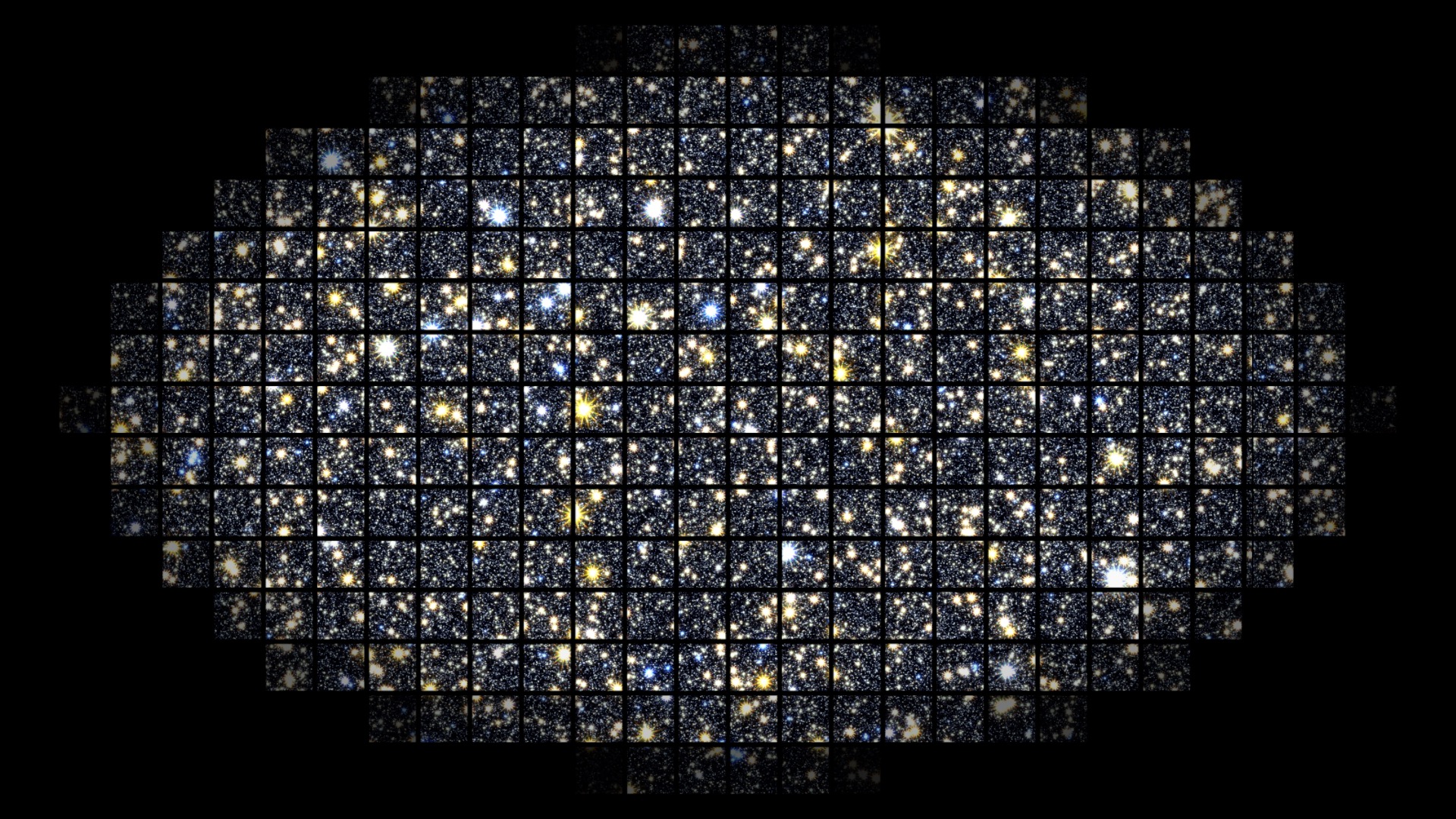Time Domain Astronomy Graphics
Almost all observations of the universe come by collecting light in various wavelengths. This light can show variations in brightness, reveal structure in cosmic objects, and contain huge amounts of information in how its wavelengths are distributed across a spectrum. A fourth component is time. Space isn’t static, and recording data through a given duration, called Time Domain Astronomy, tracks how details of an object like brightness, spectrum, location and structure change. An object can vary, it can move, or it can do both.
There are three main classes of how an object can vary in time: periodic, quasiperiodic, and transient.
Periodic change means there is a regular, fixed pattern to the change. Sunrise and sunset or a blinking pulsar are examples.
Quasiperiodic means that there is a pattern, and the change or event happens again and again, but not as regularly, like hurricanes or flashes from hot material around black holes.
Transient events are less predictable and often happen only once. Earthquakes and supernovas are transients. These are the hardest to observe because they can be brief and start unexpectedly. If telescopes aren’t looking in the right place, they miss the beginning, or even the entire event.
Same as above but shortened.
Credits
Please give credit for this item to:
NASA's Goddard Space Flight Center
-
Producer
- Scott Wiessinger (KBR Wyle Services, LLC)
-
Graphics
- Scott Wiessinger (KBR Wyle Services, LLC)
Release date
This page was originally published on Wednesday, November 8, 2023.
This page was last updated on Thursday, November 16, 2023 at 10:47 AM EST.
